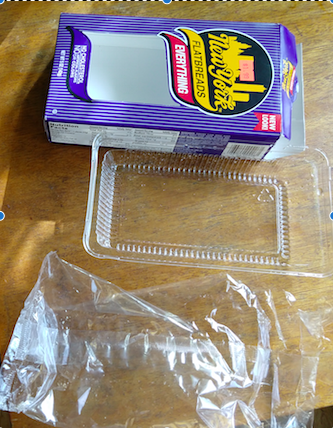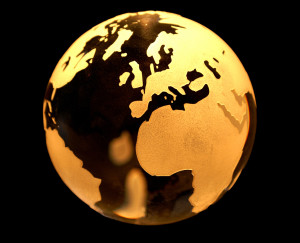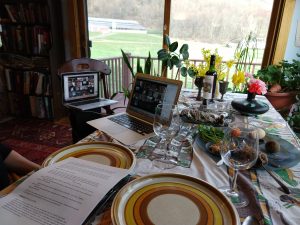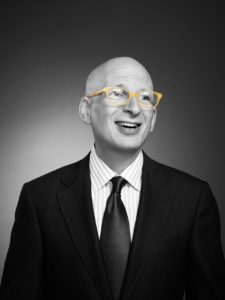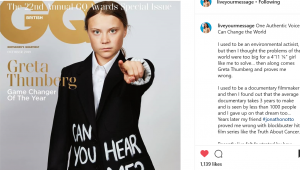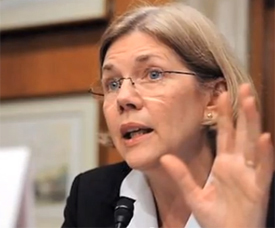“Build Back Better”: Let’s Start a Movement!
An article called “Build Back Better,” offered eight ways we can mitigate the climate crisis as we reopen. It’s on the Singapore-based Eco-Business site (often a wealth of fresh thinking to my American eyes)
I’d only read a couple of paragraphs when I got the idea to start a community on the theme of building back better—but not just for climate change. I envision a portal with resources and ideas to create better futures in criminal justice/policing, nonviolent defense, immigration, equitable housing, transportation, community food self-sufficiency, education, the work world, democracy… There’s a ton of great stuff out there, but I’m not aware of a one-stop resource that crosses silos, and disciplines, reaches people with a wide range of passions, interests, skills, and demographics, and has the power to create change.
While it certainly builds on the work I’ve been doing for several years at Going Beyond Sustainability, I see it as a community project that would seek ideas both from thought leaders/subject experts and from “ordinary” people (none of us is actually ordinary; all of us are unique).
And use social media, press outreach, and other tools to get it in front of leaders in government, business, academia, nonprofit, etc. After all, every major site started small, even Google, Amazon, Facebook, and Twitter. Using the power of the Internet, this could evolve rapidly to a place that journalists and politicians turn to for sources and advice.
I got so juiced that I stopped reading, ran off to GoDaddy, and scooped up build-back-better dot net (not using the domain syntax because there’s no site up yet so I don’t want it clickable). Most of the more obvious variations were already taken, which tells me there could be some traction in the concept. Only after I secured the domain did I go back and finish reading the article. UPDATE, JULY 9: I’m now thinking it might be better to come up with a cool, brandable single-word name (and I have a few possibilities in mind)–rather than a three-word name whose meaning isn’t all that obvious.
So…who wants to play? If it’s going to fly, it’s going to need volunteers:
- Thinkers and doers: researchers, authors, activists, business and community leaders, students, etc., who could post ideas-in-progress and let the community help those ideas evolve into workable solutions
- Web designers who can handle complex threading and submission forms that allow people to submit and subscribe by specific idea, by topic heading, and overall—and who have a deep understanding of Internet security and SEO
- Topic leaders who are experts in their subject and can moderate submissions so the spammers, trolls, and nut-jobs have to play someplace else—but who will put up actual ideas that are submitted in their area, even if they personally don’t see them as workable. (That would be an ideal opportunity to help them think their idea through. Post the submission and immediately post a comment that doesn’t put down the idea but grounds them in reality, with questions like “have you thought about what could happen if…?” “Do you think this could also be useful in (a different discipline)?” “What resources would this
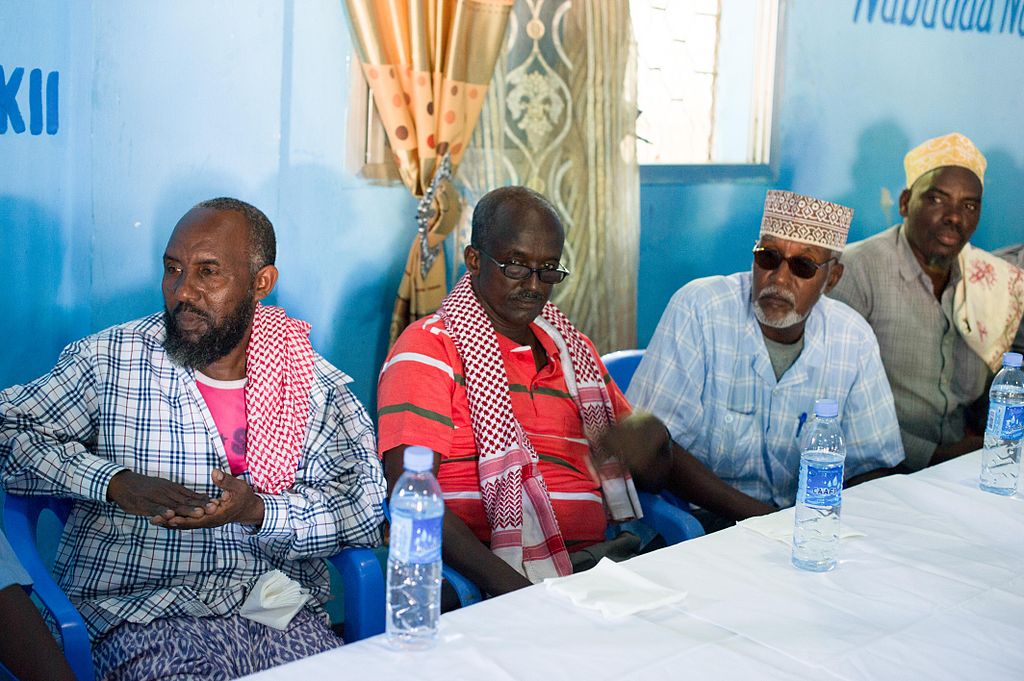
Residents of Wadajir, Somalia attend a meeting on community policing. Photo by David Mutui, courtesy Wikipedia Commons require and how would you go after them?”
- Influencers (including journalists, bloggers, marketers, people operating successful online communities, people with a big fan base or lots of social media connections) who can bring the site to the attention of their networks
- Revenue generators who would work on commission to raise money for hack-proof site operation, and eventually raise enough to start paying volunteers
Obviously, this is only a preliminary sketch. If you’d like to be part of this, use my contact form (on my sister site, Going Beyond Sustainability) to get in touch.

